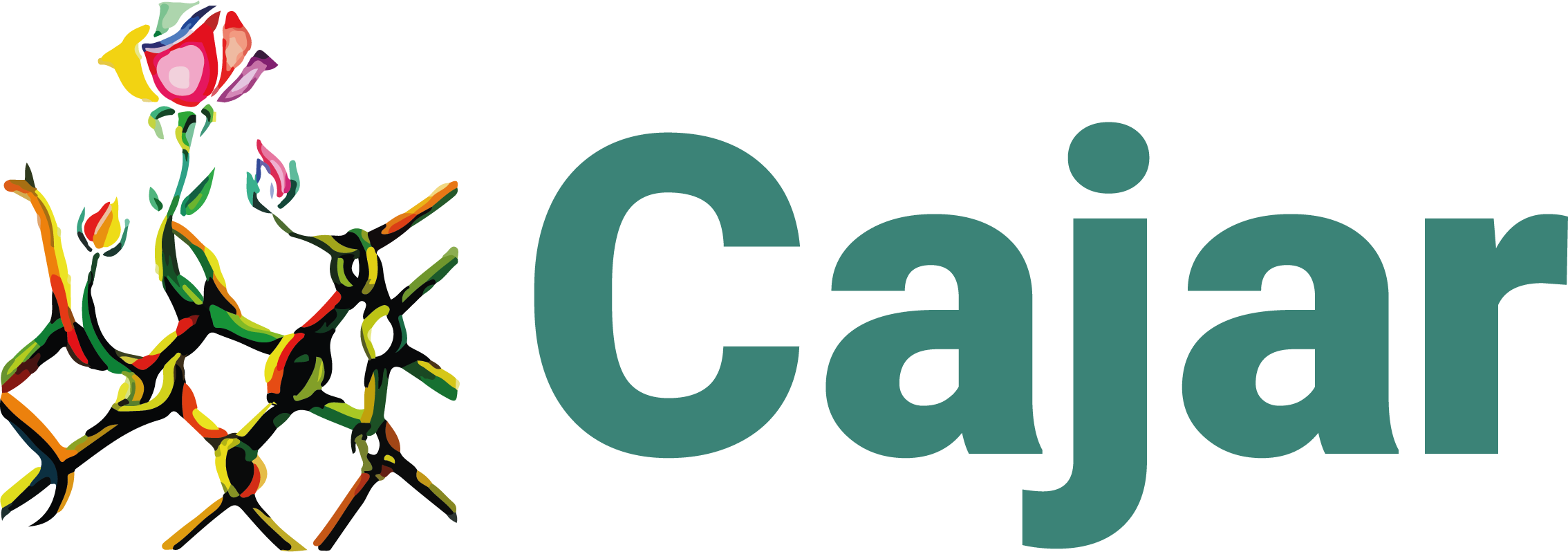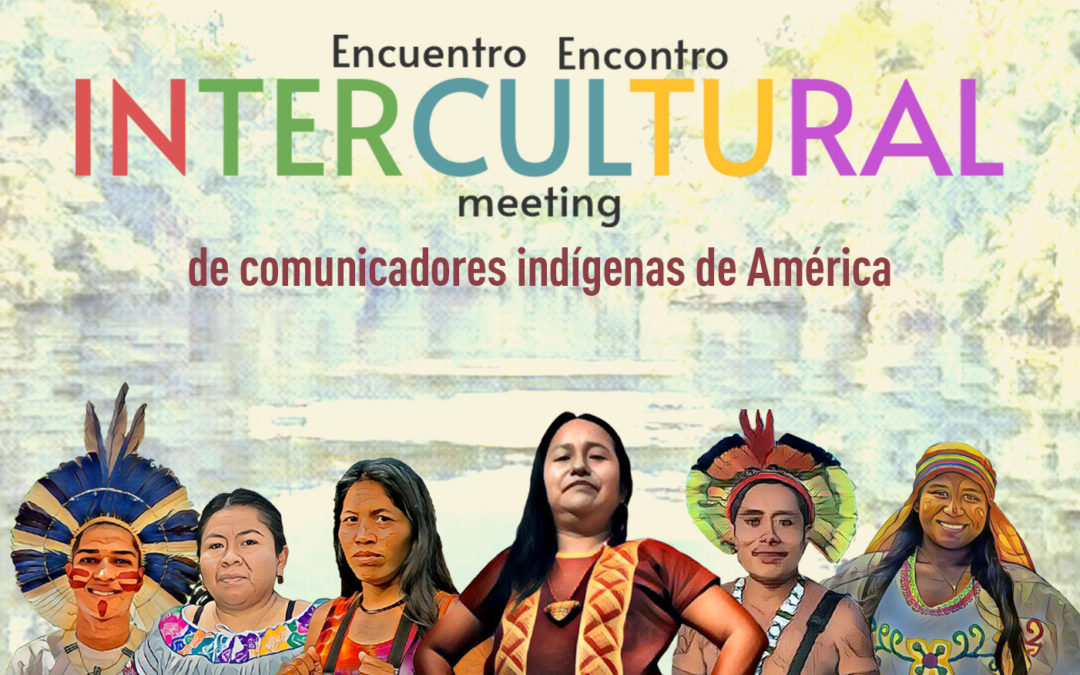#EarthDay2022 | #DíaDeLaTierra
If governments and societies listen to the voice of indigenous peoples and learn from their harmonious relationship with nature, they will hold the key to preserving and restoring the Earth – the only habitable planet we know – regarding the serious threats from the climate crisis, pollution and unsustainable use of natural resources.
Knowing the experiences of the native peoples’ own communication collectives is fundamental, above all to have a better way of living, in harmony and balance with nature.
At the Intercultural Meeting of Indigenous Communicators, six communication collectives of indigenous peoples from different countries of Central and South America exchanged the experiences of their communities in defense of their territories and ancestral ways of life.
The meeting highlighted the threats faced by indigenous territories due to the development model as we know it: extractivism, agribusiness, megaprojects and destruction of nature. These threats are in turn the most dramatic causes of the serious climate crisis, a consequence of human activity and at the same time the greatest problem facing the planet.
But the meeting also showed that indigenous peoples have in common processes of historical resistance to megaprojects and policies destructive of nature, as well as a unique ancestral knowledge, key elements for the Earth to regain its health.
The meeting was attended by communicators from the Mixe or Ayuujk people of Oaxaca, Mexico, who are resisting the Interoceanic Corridor of the Isthmus of Tehuantepec; from the Yudja and Kiabi peoples of the Indigenous Territory of Xingu, Brazil, who are defending their territory from the threats of deforestation and extractivist projects; of the indigenous youth of Altamira, in the middle Xingu region, affected by the Belo Monte dam; of the Wayúu people in La Guajira, Colombia, who have suffered for decades the consequences of open-pit coal mining; and of the Mayan people in southern Belize, threatened by extractivist projects.

